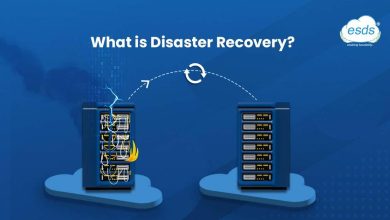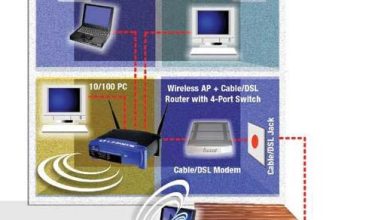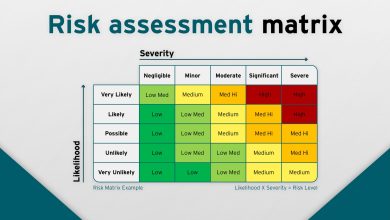What Is a Server? Basics of Server

Servers form the backbone of modern computing and networking. Their role in delivering resources, managing data, and enabling seamless communication makes them indispensable to both businesses and individuals. To grasp their significance, it is essential to explore their fundamentals
What is a Server?
A server is a specialized computer or system designed to manage, store, and deliver data or services to other devices, known as clients, over a network. Unlike personal computers, servers are built for efficiency, reliability, and scalability to handle intensive workloads.

Importance of Servers in Modern Computing
Servers have transformed the way businesses and individuals operate. From hosting websites to managing vast databases, they ensure that essential services and resources are available at all times. Whether it’s a large-scale enterprise or a home setup, servers streamline operations and foster connectivity.
Understanding the Basics
How Servers Operate
Servers function by receiving requests from client devices and responding with the required data or service. This interaction follows a client-server model, where the server acts as the central hub for processing and disseminating information.
Key Components of a Server
A server comprises various components optimized for reliability and performance, including:
- Processor (CPU): Handles complex calculations and multitasking.
- Memory (RAM): Ensures smooth and fast operations by temporarily storing data for quick access.
- Storage Drives: Store vast amounts of data securely.
- Network Interfaces: Enable communication with other devices over a network.
- Power Supplies: Provide consistent energy to prevent interruptions.
Types of Servers
Web Servers
These servers host websites and deliver web pages to users. They handle HTTP requests and ensure websites remain accessible.
Application Servers
Facilitating the operation of software applications, these servers connect users to backend services and ensure smooth functionality.
File Servers
File servers enable centralized file storage and sharing, making collaboration seamless and efficient.
Database Servers
Designed to store, manage, and retrieve structured data, database servers are critical for businesses handling vast amounts of information.
Virtual Servers
Virtual servers use software to emulate physical servers, allowing multiple servers to run on a single physical machine. They are cost-effective and scalable.
Proxy Servers
Acting as intermediaries, proxy servers enhance security and manage traffic flow between clients and servers.
Physical vs. Virtual Servers
Physical Servers Explained
These are tangible machines designed to serve specific purposes. They require dedicated hardware and are commonly used in on-premises setups.
Virtual Servers Advantages and Uses
Virtual servers provide flexibility by allowing multiple environments to coexist on a single physical server. They are widely used in cloud computing for their scalability and cost savings.
Server Roles in Networking
Centralized Resource Management
Servers centralize the management of resources like printers, files, and applications, improving efficiency.
Data Storage and Retrieval
They store and provide access to data, ensuring quick and secure information exchange.
Communication Facilitation
From email servers to communication platforms, servers are integral to modern connectivity.
FAQs
What is the primary function of a server?
A server’s primary function is to manage and provide data or services to other devices (clients) over a network.
How does a server differ from a desktop computer?
Servers are built for reliability, scalability, and handling multiple simultaneous connections, unlike desktops designed for personal use.
What are common types of servers used today?
Common types include web servers, application servers, file servers, database servers, and virtual servers.
Why are servers crucial for businesses?
Servers support collaboration, data management, and service delivery, ensuring seamless business operations.
What is the difference between cloud and on-premises servers?
Cloud servers are hosted off-site and accessible online, while on-premises servers are physically located and managed within an organization.
Can I set up a server at home?
Yes, home servers can be used for file storage, media streaming, and managing smart devices.
The article continues with an exploration of advanced topics like security, optimization, and emerging trends in server technology, ensuring a comprehensive understanding for readers.




